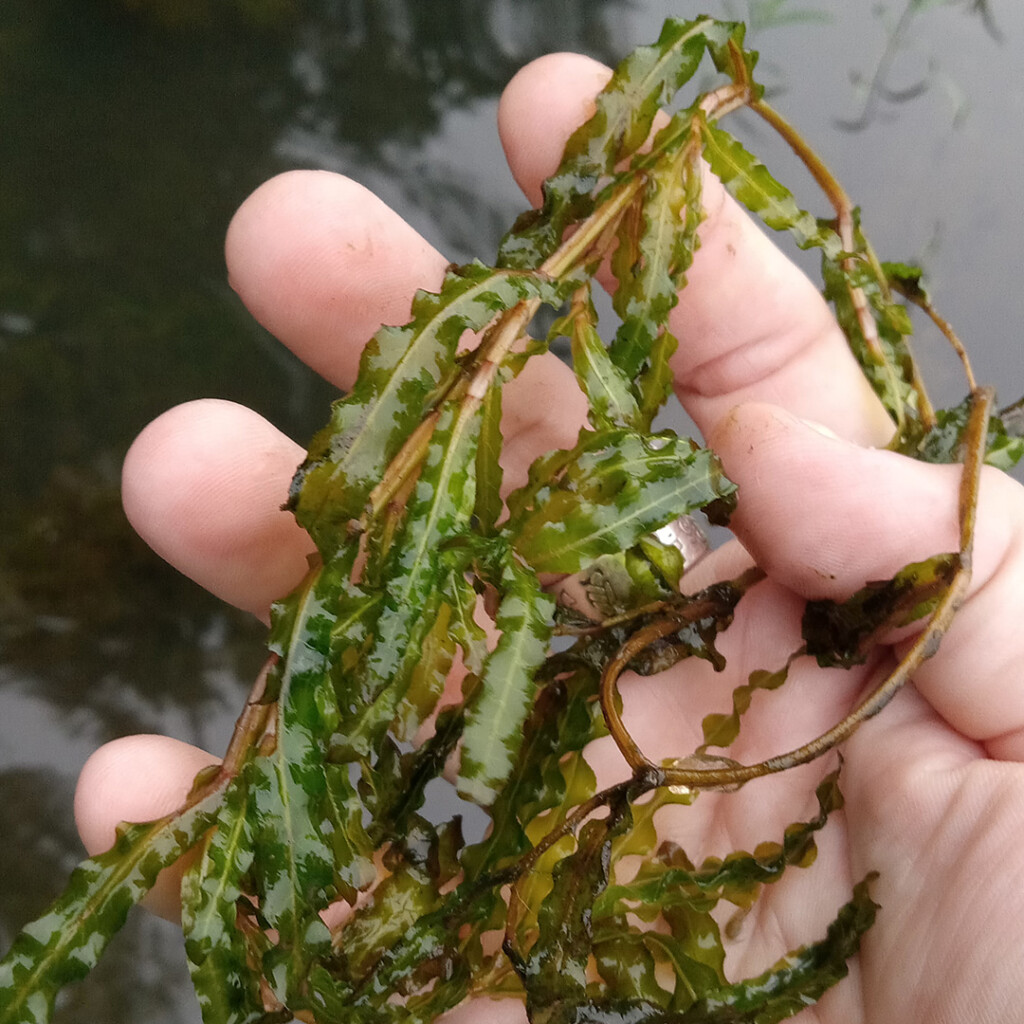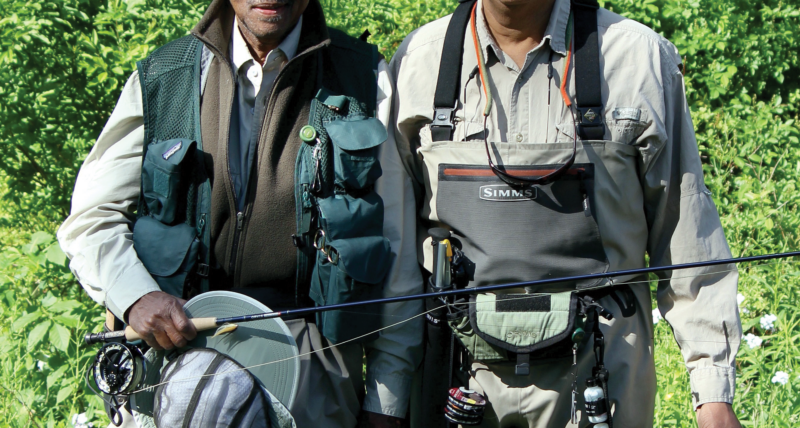
People who fish or boat have a desire and responsibility to protect Pennsylvania waters. Small acts like picking up trash go a long way in helping keep our waterways clean, but you can also help Pennsylvania’s waters by knowing about Aquatic Invasive Species and learning how to prevent their spread.
What are Aquatic Invasive Species?

Aquatic Invasive Species (AIS) are plants or animals that are introduced into waterways where they do not live naturally. AIS have harmful effects on the habitat, people’s use of the waterways and/or people’s health.
AIS differ from naturalized species, which are non-native but have reached a harmonious balance with the ecosystems in which they live. Native species, the plants and animals that naturally live in a place (and often for many years before humans), are the backbone of a healthy ecosystem. Native species rely on each other to survive and thrive, and invasive species can overtake native species and throw off nature’s balance.
How do Aquatic Invasive Species Get Moved?
AIS can travel on fishing gear, boats, life jackets, clothing and shoes. Some species can live out of the water on damp items for days or even weeks. Some AIS are so small that the invasive species cannot be seen without a microscope.
How Can We Stop the Spread?
Do not transport any plants, fish or other aquatic life from one body of water to another. Following simple steps can help prevent AIS from spreading to new waters:
- Do not release unused bait into the waters you are fishing. Dump unused bait in a trash can.
- Check your gear before leaving any body of water. Inspect every inch of your boat, trailer and fishing gear. Remove and leave behind plants, mud and aquatic life.
- Do not transport any potential hitchhiker, even back to your home. Remove and leave hitchhikers at the site you visited.
- Put unwanted fishing bait in the trash.
- Drain water from all equipment before leaving the area you are visiting.
- Wash your gear with hot water or with a high-pressure spray. Or, allow gear to dry, then wait another 48 hours before entering new waters. All your equipment should be dry before entering new waters.
What Does the Pennsylvania Fish and Boat Commission Do to Fight AIS?
The PFBC has scientists who track where AIS are located in Pennsylvania. They monitor waters to find invasive species and develop plans to control them. Part of their work includes educating the public and working with them to make sure they know what AIS are present. You can help by reporting AIS you find in Pennsylvania.



